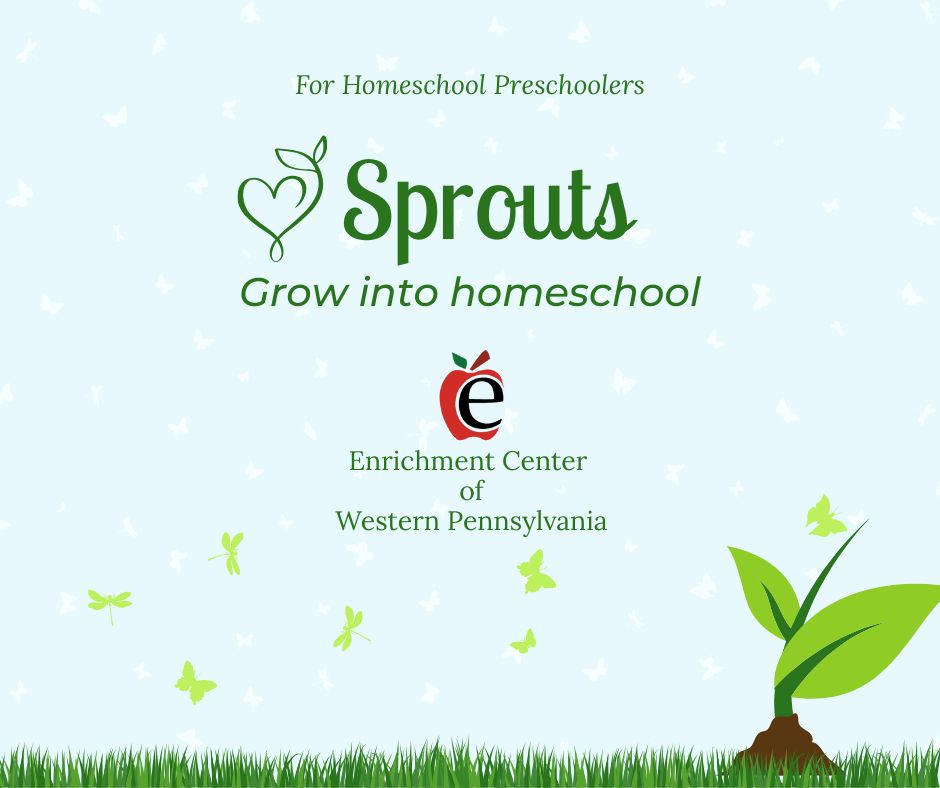At The Enrichment Center of Western PA, our desire is to provide an educational environment that benefits and homeschooling families. We want to come alongside and support families with the freedom to school as they see fit and provide a community for homeschool students to thrive !
H S L D A
C H A P
ECWPA Facebook




